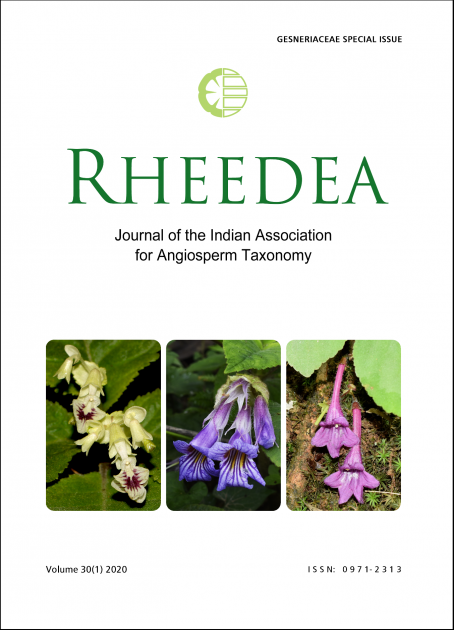Keys to the infrafamilial taxa and genera of Gesneriaceae
Weber A.*, Middleton D.J., Clark J.L. & M. Möller
Published on : 11-May-2020
DOI : https://dx.doi.org/10.22244/rheedea.2020.30.01.02
DownloadAbstract
In recent years significant advances have been made in the taxonomy and classification of the Gesneriaceae, mostly based on molecular-phylogenetic research. This has led to major changes in the classification of the family and the establishment, reestablishment, recircumscription and synonymisation of many genera. Consequently, the treatment of the Gesneriaceae that was published in Kubitzki’s Families and Genera of Vascular Plants, with brief descriptions and keys to all genera as well as the formal and informal groups of Gesneriaceae then recognised, has become rather out-of-date in a relatively short period of time. In 2013, a new formal classification of Gesneriaceae was published, with inclusion of Sanango in a third subfamily, reclassification of Gesnerioideae and de-novo-classification of Didymocarpoideae. In the present paper an effort is made to survey all of the taxonomic changes in the Gesneriaceae since the publication of these two treatments. This is done at all levels of the taxonomic hierarchy down to the genus level and new keys for the identification of the current infrafamilial taxa and genera are provided. As the taxonomic concepts of most genera are based on a combination of vegetative, floral and fruit characters, having fertile material is still a prerequisite for unambiguous identification. A glossary is provided to explain botanical terms largely specific to Gesneriaceae taxonomy.
